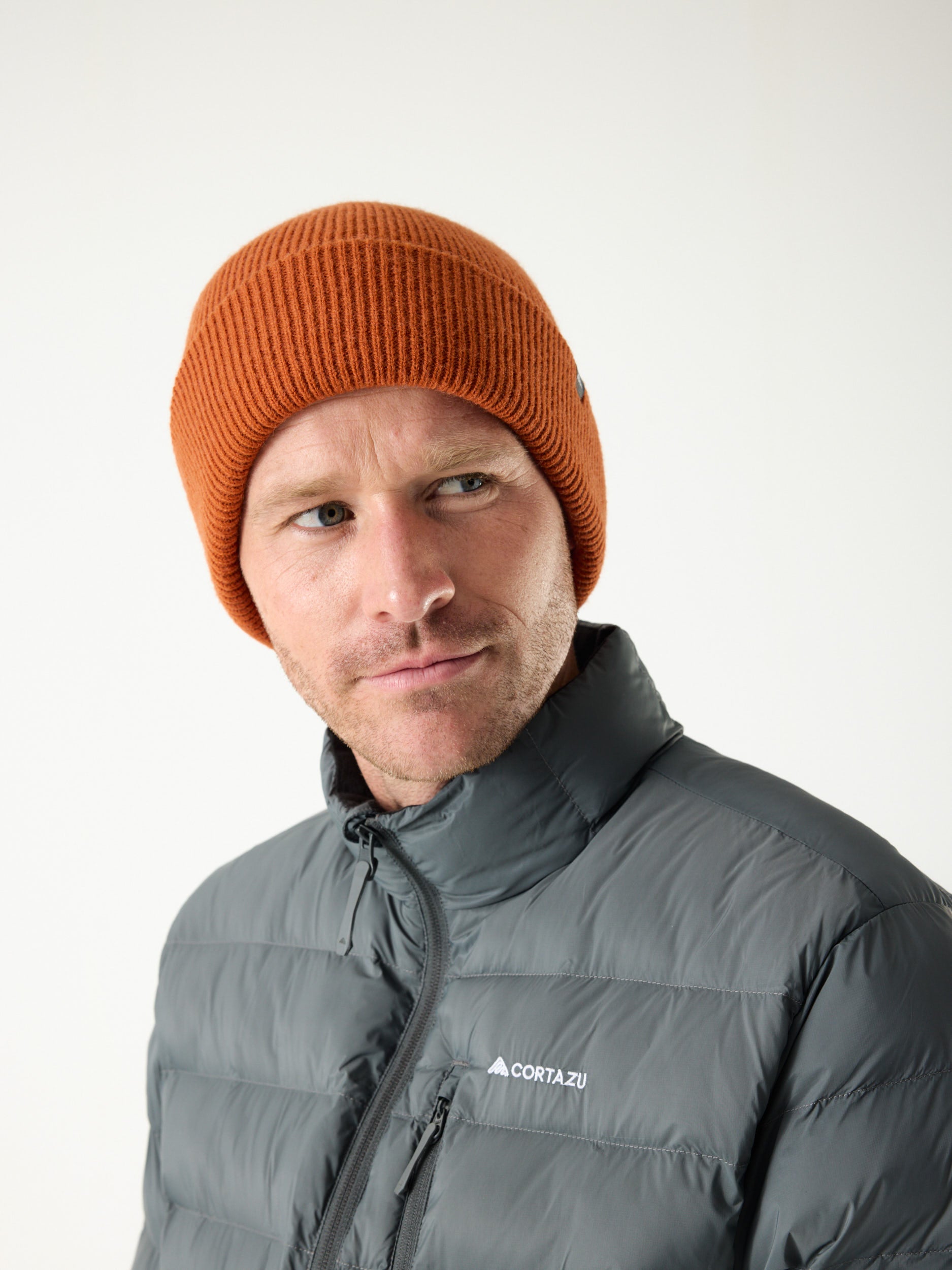Backpacking, whether on trails, the deep woods or simply globetrotting around the world, can be a glorious pursuit. The activity gives you the time and opportunity to commune with nature, to escape from the hustle and bustle of your everyday life, to meet new like-minded people and see parts of the world of which others can only dream.
And one of the hard and fast rules of backpacking, one based on safety, has always been to NOT do the activity alone. But what if you simply cannot find anyone to backpack with you, someone who shares your same dream?
And what if you actually prefer to be alone as a way to keep your own schedule and do and see things that appeal solely to you and your interests? Although this has long been frowned upon in general, more and more people today are ignoring this “never backpack alone” rule and setting off on their own, preferring to buck this simple code in favor of a great solo adventure.
Solo backpacking can be an absolute blast, but in order to get the most out of your trip, while still ensuring your health and safety, you will need to follow a few simple rules and tips. Fortunately for you, below we have compiled some of these easy-to-follow tips and strategies into a single article that will help you prepare for your trip.
Solo Backpacking Tips: What You Need to Know
If you intend to backpack solo, there are many things you will need to do both before and during your trip to ensure your safety and guarantee you get the most out of your journey. To help you get underway, here are just a few of the things you will need to do.
Plan Your Trip Carefully
While it is always important to plan your trip carefully and thoroughly regardless of how many people are traveling, this particular step becomes even more important when you are backpacking alone.
When planning a solo backpacking trip, the first step is to determine where you are going. Are you going to the mountains of California to pan for gold, or perhaps to Europe to visit your country of origin and check out all the cool things there to see?
Wherever you decide, it is crucial that you plan your trip meticulously. By doing this, you can avoid the possibility of getting lost, and you can let those that care about you the most know exactly where you are—or where you should be—on any given day of your excursion.
One of the great things about backpacking solo is that your destination is 100 percent your choice. You do not have to worry about what the other people in your group want to do, which will allow you to more rapidly experience all the things that you want to do and see, without being slowed down by side trips of which you have no interest.
With that having been said, deciding where you want to go is only about half the battle. There are also some other very important planning questions you will need to ask yourself to make sure your destination is realistic and to ensure the trip is a complete success.
Here is just a sample of some of those questions:
- Timeframe. How much time do you have to enjoy this solo trip of a lifetime? Of course, if you have planned for a very long excursion—maybe a year or more—the sky is the limit in terms of where you can go. However, if you have a limited timeframe in which to travel, you might want to choose a place a bit closer to home. The last thing you want to do is spend all your time “getting to” your destination, leaving you little time to actually enjoy yourself once you get there.
- What Type of Things Do You Want to Do? Perhaps prior to settling on a destination—or destinations—for your upcoming solo backpacking trip, you should make a list of all the things you want to do. Are you looking to learn about a new culture, eat food you have never eaten, challenge yourself on a mountain trail, or just lounge on a beach somewhere with a good book? Once you decide what you want to do during your trip, deciding on a location will be much easier.
- Cost? Of course, you will also have to consider your budget before deciding where you want to go. Globetrotting through Europe will be much more expensive than a mountain getaway, which is why it is so crucial to plan every step of your trip based on the money you have on hand.
Let Someone Know Where You Are Going
Once you have asked and answered all of these important questions, and then decided on a destination, you can sit down and begin to plan your route and your schedule. This means planning on how you will reach each destination, where you will stay when you get there, and the activities in which you plan to engage.
Once you have done this, give your schedule and route to a trusted family member or friend. Having someone back at home that knows where you are supposed to be on each day of your trip is always a good idea just in case of an emergency.
Don’t Over-schedule Your Trip
The great thing about backpacking solo is the freedom it provides you. Therefore, the last thing you want to do is over-plan for your trip, which will make you feel rushed.
Even with the most well-thought-out schedule and route planning, there are bound to be hiccups or changes to that schedule. Perhaps you enjoy one destination so much that you decide to stay an extra day or two.
Do not be so rigid with getting to each destination that you forget to smell the roses once you get there.
Bring a Cell Phone
Naturally, solo backpacking is about getting away from the hustle and bustle of everyday life, which for some people means ditching their cell phones so as not to be disturbed. This is all fine and good, but you have to plan for emergencies as well.
Because of this, you should always keep a charged cell phone on your person, even if you elect to turn it off. And if you travel to places where your cell phone doesn’t work, you can always purchase a local sim card if you want to use the Wi-Fi there.
In addition to emergencies, a cell phone is a great way to plan your routes, check on prices for local lodging, and memorialize your trip through pictures and notes.
Pack Lightly
According to veteran solo backpackers, one of the most important tips to follow is to pack lightly. Nobody wants to lug around a heavy backpack jammed with things you may not need.
One good rule of thumb when packing for your trip: if you have any doubts whatsoever about a given item, leave it behind. If you can get along without it there is no needed to add any extra weight to your pack.
Know the Weather
This is a tip that applies mostly to mountain and wilderness backpackers, but it could also apply to any type of travel.
You should always try and have a pretty good idea regarding what the weather will be like on any given day. This will help you decide how to dress on that day and the mode of travel that is best.
Stick to the Beaten Path
Once again, this tip applies mostly to the mountain or wilderness backpacker, but it could technically describe any type of solo backpacking trip.
By sticking to the pre-cut trails you can greatly reduce the chance of getting lost or off track.
Although exploring into unknown areas might sound like the adventurous thing to do, it can also be the most dangerous course of action, especially when backpacking alone.
Embrace the People You Meet
This may sound odd, but one of the greatest things about solo backpacking is the people you will meet on the way.
Mingling with the locals when you get to your destination is a great way to learn about new cultures and can help you significantly in terms of finding the cheapest meals and lodging.
Just because you have chosen to take this trip alone, it doesn’t mean that you will be alone for long.
Know Your Limitations
Last but certainly not least, there is never a need to push yourself past your limitations when solo backpacking. Whether you are hiking a mountain trail or heading east to visit friends, be sure to go at your own pace and do not overexert yourself.
After all, that’s one of the great things about solo backpacking. It allows you to travel and do the activities you want to do at your own particular speed, without having to worry about someone else.
Slow and steady, rather than fast and reckless, is not only a safer way to travel, it also allows you to enjoy the adventure that much more.

























